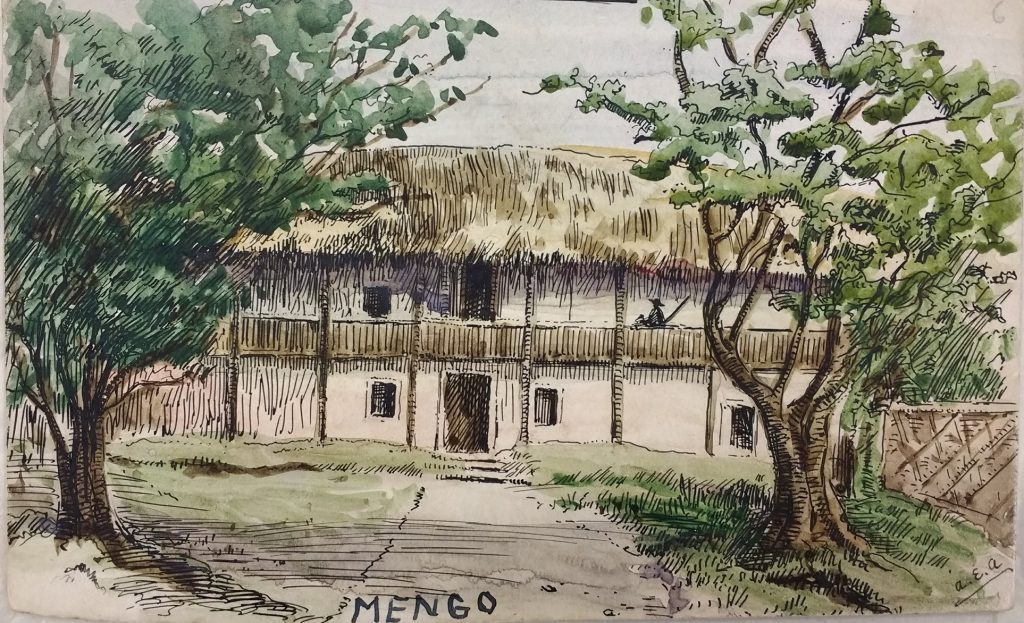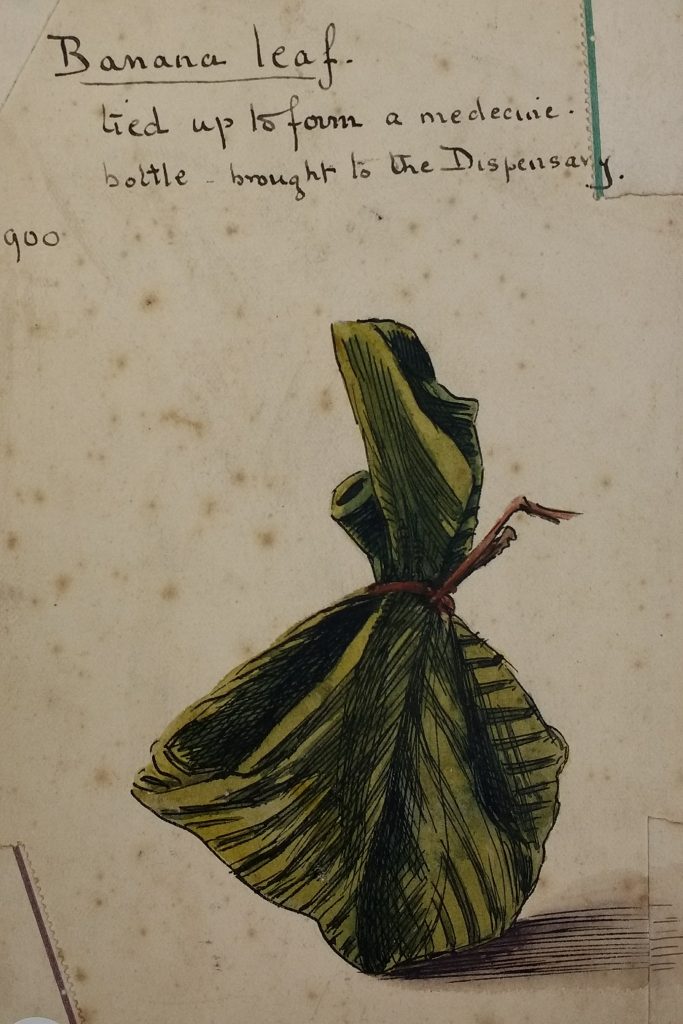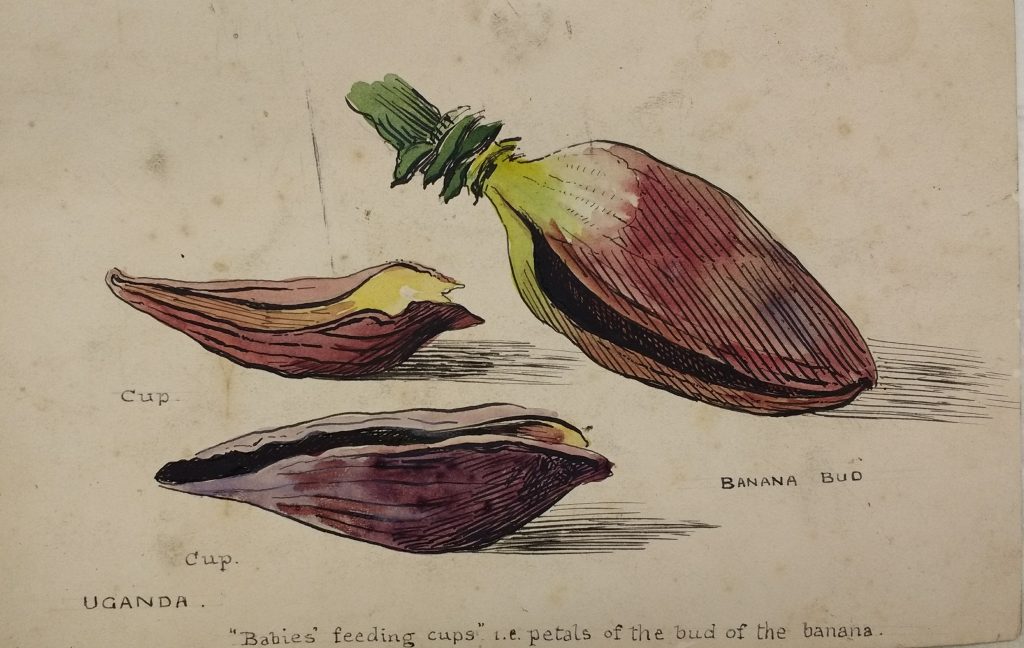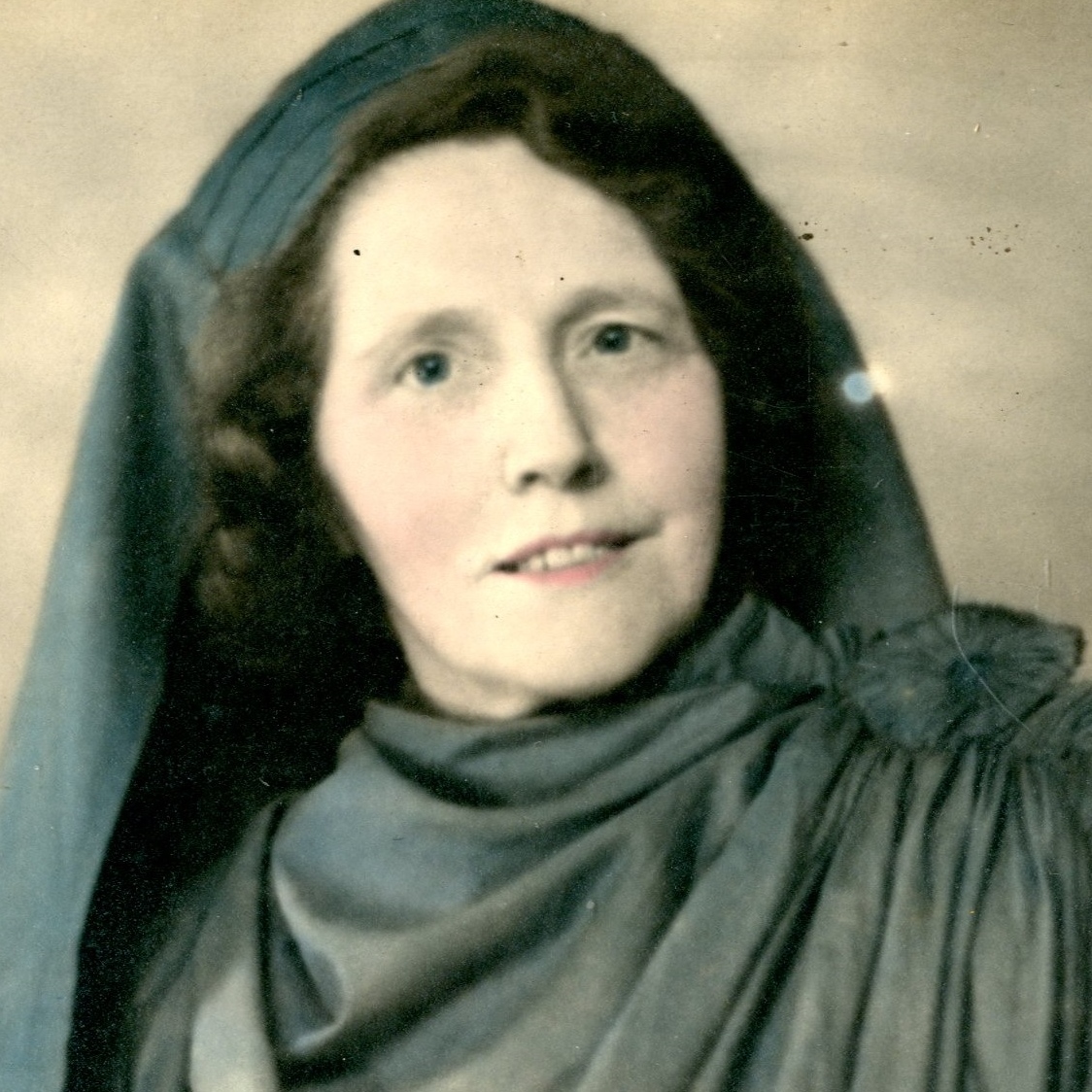Annie Allen
Annie Emma Allen was born on 1st November c.1852 into an extensive and well-known Pembrokeshire landowning family. Her brothers included an eminent archaeologist, a County Court Judge and another who emigrated to Shanghai. Annie however, was no less of an adventurer and lived with at least two of her sisters at Cilrhiw, near Narberth.
Her home, ‘a Georgian residence…on (the) Slebech estate’ was ‘greatly improved’ by her grandfather Lancelot Bough Allen, and by the 1910s, Annie and her sister Rachel were hosting community teas and ‘fundraising bazaars’ in the house and gardens.
A devoted Christian, Annie dedicated much of her time and wealth to charitable pursuits from sending gifts to wounded soldiers at Cottesmore Auxiliary Hospital during WWI to ‘(giving) the children lessons in sewing’ at Narberth Workhouse. Such was the family’s benevolence towards the workhouse ‘inmates’, that the site of the building is now known as ‘Allensbank’.
As well as having ‘entertained the (workhouse) girls to a tea party’ or ‘(holding) a service’ there, the Allen sisters also took a pro-active approach to improving the day to day lives of the poor. In December 1909, Kate Allen wrote to the Narberth Board of Guardians to ‘draw (their) attention…to the fact that the children in the Workhouse are suffering from an epidemic of whooping cough, and that one child has been very seriously ill indeed…’ She continues: ‘the other children are not receiving proper attention. They have not had any regular outdoor exercise for more than a month; their clothes are not tidy and they are not kept personally clean’. Kate continued to use her influence to exert pressure on the guardians writing: ‘To sum up, I feel sure that the Guardians will see that it is their duty to take immediate steps to ameliorate the condition of the children in the Narberth Workhouse, which is at present deplorable’.
In her younger years Annie Allen was fortunate to travel extensively. Her personal archive of watercolour paintings observe day to day life in a village community in Uganda. Although this raises many questions regarding colonisation and the enforcement of Western ideology, Annie saw it as her Christian duty to travel to Africa ‘under the Church Missionary Society’. While there, she sketched the homes of the people, the tools they used and individuals going about their daily life.
Some evidence suggests that Annie made personal efforts to embed herself within the community. She was ‘sent to assist at the hospital at Kampala…(where she) continued to run the hospital until the arrival of a doctor a year later’. She also ‘opened a school and taught there for many years’ and the ‘King of Toro was born during her residence there and Miss Allen became his Godmother’ (Pembrokeshire Herald & General Advertiser, 1909-10).
Annie Allen died in December 1941, aged 89 years and her ethnographical collection is held in the archive at Narberth Museum.
Ganed Annie Emma Allen ar 1 Tachwedd, tua 1852; roedd yn un o deulu o berchnogion tir helaeth ac adnabyddus yn Sir Benfro. Roedd ei brodyr yn cynnwys archeolegydd enwog, Barnwr yn y Llys Sirol ac un arall a allfudodd i Shanghai. Roedd Annie hithau yn ddigon o anturiaethwraig hefyd, a bu’n byw gydag o leiaf dwy o’i chwiorydd yng Nghilrhiw, ger Arberth.
Roedd ei chartref, ‘preswylfa Georgaidd…ar ystad Slebets, wedi ei wella’n sylweddol’ gan ei thad-cu, Lancelot Bough Allen, ac erbyn y 1910au, roedd Annie a’i chwaer Rachel yn cynnal te cymunedol a’r hyn y cyfeiriwyd atynt fel ‘fundraising bazaars’ yn y tŷ a’r gerddi.
Roedd Annie’n Gristion selog, a chysegrodd lawer o’i hamser a’i chyfoeth at ddibenion elusennol, o anfon rhoddion at filwyr clwyfedig yn Ysbyty Ategol Cottesmore yn ystod y Rhyfel Byd Cyntaf i roi gwersi gwnio i’r plant yn Wyrcws Arberth. Roedd eu haelioni tuag at y rheiny a oedd yn byw yn y wyrcws gymaint nes bod safle’r adeilad yn cael ei adwaen hyd heddiw fel ‘Allensbank’.
Yn ogystal â ‘difyrru merched y (wyrcws) gyda the parti’ neu ‘(gynnal) gwasanaeth’ yno, chwaraeodd y chwiorydd Allen ran ragweithiol wrth wella bywydau beunyddiol y tlawd. Ym mis Rhagfyr 1909, ysgrifennodd Kate Allen at Fwrdd Gwarcheidwaid Arberth i wneud yr hyn a gofnodwyd fel ‘draw (their) attention…to the fact that the children in the Workhouse are suffering from an epidemic of whooping cough, and that one child has been very seriously ill indeed…’ Mae’n parhau: ‘the other children are not receiving proper attention. They have not had any regular outdoor exercise for more than a month; and; their clothes are not tidy and they are not kept personally clean’. ParhaoddKate i ddefnyddio’i dylanwad i bwyso ar y gwarcheidwaid ac ysgrifenodd: ‘To sum up, I feel sure that the Guardians will see that it is their duty to take immediate steps to ameliorate the condition of the children in the Narberth Workhouse, which is at present deplorable’
Yn ei blynyddoedd ieuengach roedd Annie Allen yn ddigon ffodus i deithio’n helaeth. Mae ei harchif bersonol o baentiadau dyfrlliw yn gipolwg gwerthfawr ar hyn. Teimlai Annie fod arni ddyletswydd fel Cristion i deithio i Affrica ‘dan Gymdeithas Genhadol yr Eglwys’. Serch hynny, tra yno, cafodd ei ‘hanfon i gynorthwyo yn yr ysbyty yn Kampala…(lle) parhaodd i redeg yr ysbyty hyd nes i feddyg gyrraedd flwyddyn yn ddiweddarach’. Agorodd ysgol hefyd, ac ‘addysgodd yno am flynyddoedd lawer’ a ‘Ganed Brenin Toro yn ystod ei chyfnod preswyl yno a daeth Miss Allen yn fam fedydd arno (Pembrokeshire Herald & General Advertiser, 1909-10). Mae’r dystiolaeth yn awgrymubod Annie yn uchel ei pharch ymhlith y rheiny a gyfarfu ar ei theithiau, a’i bod hi a’i chwiorydd yn ymarferol ac yn hael gyda’u cyfoeth.
Bu farw Annie Allen ym mis Rhagfyr 1941, yn 89 oed ac mae ei chasgliad o ethnograffeg yn yr archif yn Amgueddfa Arberth.
*With thanks to Cambridge Digital Library who hold several watercolours by Annie Allen in their collection.








